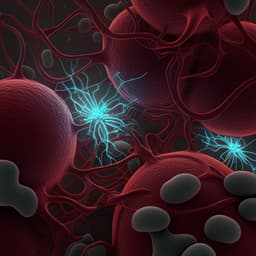
Environmental Studies and Forestry
Atmospheric transport is a major pathway of microplastics to remote regions
N. Evangeliou, H. Grythe, et al.
This groundbreaking study by N. Evangeliou and colleagues reveals that a staggering 34% of tire wear particles and 30% of brake wear particles emitted from road traffic are making their way into the World Ocean. The research highlights the Arctic as a sensitive hotspot where microplastics could exacerbate warming and melting of the cryosphere.
Playback language: English
Related Publications
Explore these studies to deepen your understanding of the subject.







